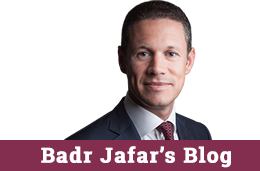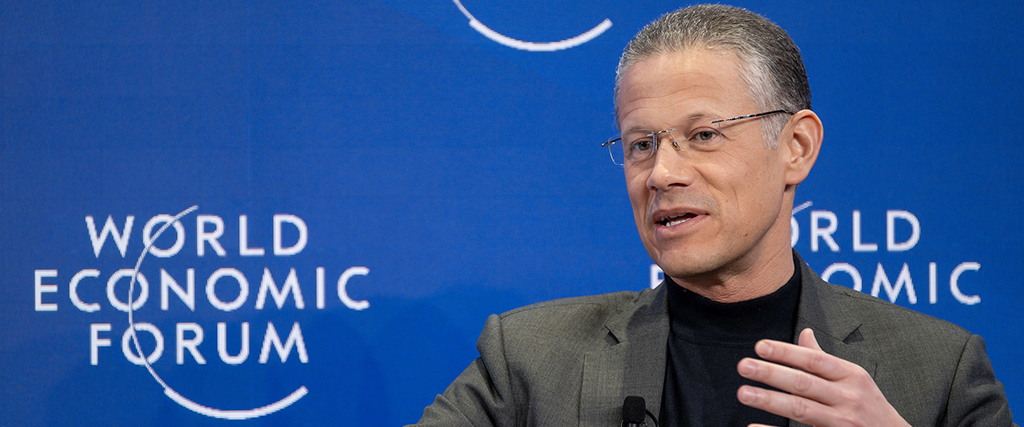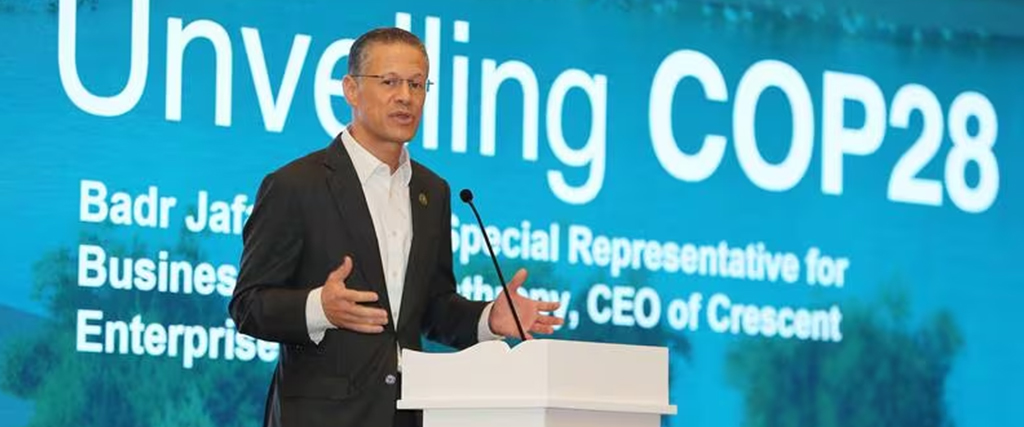Emerging Market Philanthropy Takes Control
Giving Pledger Badr Jafar discusses the role philanthropic investments can and should play in pandemic recovery, outlining how COVID-19 accelerated a shift to strategic giving and increased ownership in emerging markets.
The pandemic has been a great disruptor for many industries and, in some cases, hastened overdue changes. Across many growth markets, it helped accelerate an ongoing transformation in the social impact sector toward more strategic philanthropy with greater emphasis on local knowledge and collaboration, something that many in the sector have long been advocating for.
The effectiveness of the sector will be more critical than ever as we build back from COVID-19 and strive to build better for all. This is especially true in regions like the Middle East and North Africa, where two-thirds of the population either live in low-income households or are vulnerable to multidimensional poverty, and where youth unemployment rates remain the highest in the world.
While the pandemic has forced governments to direct resources toward health care and social protection, philanthropic investment can help advance long-term development and build societies that are more resilient by taking risks where governments cannot afford to fail. It can provide direct relief to overlooked communities and sectors, and where market failure occurs, invest in new innovations with the potential to create a multiplier effect on impact.
In the Muslim world alone, philanthropists are estimated to deploy between US$200 billion to US$1 trillion in Zakat and Sadaqah, the two forms of compulsory and discretionary almsgiving in Islam, each year.
As the international community struggles to raise the US$5 trillion to US$7 trillion of annual investment needed to achieve the United Nations’ Sustainable Development Goals, the sheer scale of philanthropic capital has the potential to deliver lasting results. In the Muslim world alone, philanthropists are estimated to deploy between US$200 billion to US$1 trillion in Zakat and Sadaqah, the two forms of compulsory and discretionary almsgiving in Islam, each year.

Today, the fastest-growing economies in the world are emerging markets. As rapid economic growth and intergenerational wealth transfer continue to drive an increase in private wealth, emerging markets have seen a rise in philanthropic giving. Ultra-wealthy populations in Africa and the Middle East were predicted to increase by 32% and 17%, respectively from 2019 to 2024. And, over the next 10 years, the world is set to face the largest intergenerational wealth transfer ever, with roughly US$68 trillion expected to change hands.
Meanwhile, this next generation of philanthropists is transforming the practice of philanthropy. They are demanding more hands-on approaches and tapping into boundary-blurring innovations to achieve greater impact. At the same time, emerging digital tools and platforms are making giving significantly more accessible, and disruptive technology is enabling the gathering, processing, and understanding of philanthropic data more efficiently than ever before.

Coinciding with this demographic trend is a shift in the nature of decision-making, which has been accelerated during the pandemic. A recent study by The Centre for Strategic Philanthropy at the University of Cambridge that examined philanthropy in growth markets revealed that local recipients of philanthropic investment were increasingly becoming their own decision-makers, based on their superior knowledge of local needs and imperatives. The unique conditions created by COVID-19 has led to grants becoming less restricted and grant-makers becoming more flexible in their allocation and efficient with approval processes, thereby empowering grantees to do more with assistance received.
These developments taken together provide exciting catalysts for greater and more effective philanthropy in growth markets in the years to come. And with the world facing increasingly complex and global challenges, we have an obligation and an opportunity to ensure that social and environmental returns on the increasingly massive philanthropic investments from these markets are maximized. This means building better infrastructure to support this giving: more programs and institutions dedicated to enhancing the regulatory frameworks upon which philanthropy is practiced, working with more localized data that reflects the realities on the ground, and structuring even stronger governance models to organize philanthropic work and make it easier to pool resources with a long-term view on impact.
For example, research on philanthropy has traditionally focused on high-income economies, where large-scale giving has been better publicized. But in recent years, new institutions have helped fill the knowledge gap so that philanthropic organizations as well as policymakers in emerging markets can build evidence-based strategies without having to rely on learnings from other regions.
In September 2021, the Strategic Philanthropy Initiative was launched at New York University Abu Dhabi. It is an academic and community-based platform that aims to shape a more vigorous and strategic practice of philanthropy in the Gulf and broader Middle East and North Africa regions through three tracks of research, convening, and training.
This new initiative follows the launch of the Centre for Strategic Philanthropy early in 2020, also dedicated to growth markets. Over the past two years, the Centre for Strategic Philanthropy has engaged philanthropic practitioners and funders from across these markets to deliver innovative thinking to address entrenched socioeconomic global challenges, many of which have been exacerbated by the pandemic.
Impact-driven academic initiatives like these, which also equip youth with the tools, resources, and infrastructure needed to enhance their impact, are particularly important in Africa and the Middle East regions, where 60% of the population is under the age of 25. They also serve as cross-border, and cross-sector philanthropic networks, which can combine different areas of expertise and promote better models for collaboration between sector actors and between philanthropists themselves.
If properly cultivated, knowledge transfer and impact-driven collaboration between businesses, nonprofits, and governments can unlock major opportunities while strengthening trust. Businesses, in particular, can better identify with their broader social impact mandates, and acquire deeper understanding of the social imperatives in the communities within which they operate.
Ultimately, taking a more strategic and systematic approach toward giving overall will empower the world’s expanding community of philanthropists to unlock much-needed additional long-term capital and social innovation. In turn, donors will have an opportunity to align with their national development plans and scale up successful social and environmental initiatives faster.
COVID-19 may have set us back a few years in some respects, but it has helped us reassess how we give and accelerated the change in culture around philanthropy in growth markets. We can now capitalize on and further embrace these trends to achieve even greater impact and bring philanthropic intervention into the mainstream capital system. The scale and complexity of development and humanitarian needs globally demand it.
As published by Chandler Foundation in October 2022.

 Tweets by @BadrJafar
Tweets by @BadrJafar









